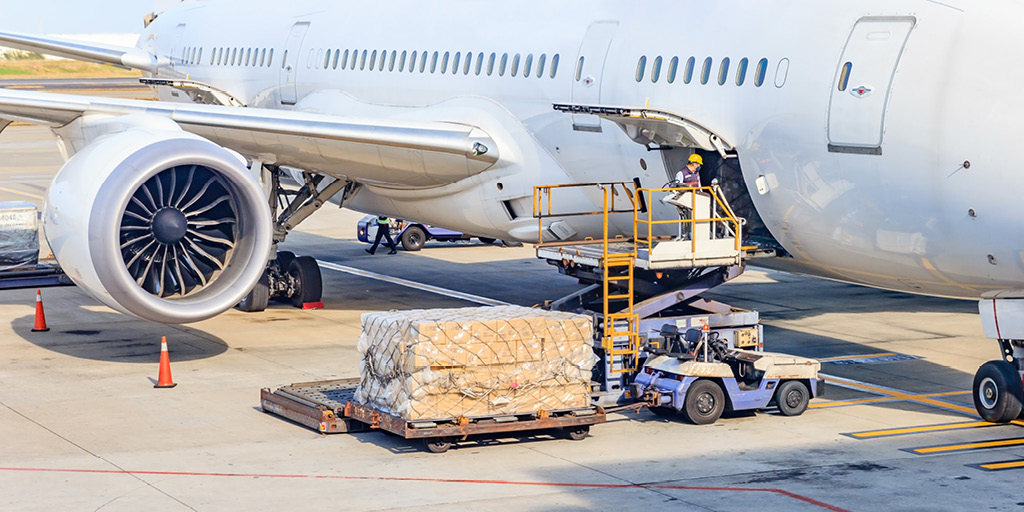Shippers and logistics service providers seek out the most effective ways to maintain a competitive advantage in operations, improve profitability, and reduce costs. Route optimization is a widely recognized opportunity and means to achieve these goals. Route optimization in freight is not a new idea. There are many basic forms of static routing vs dynamic routing optimization that shippers and logistics service providers rely on.
Often, the route optimization in place today is static and is not flexible or conducive to an omnimodal shipping environment. Shippers and logistics service providers who embrace dynamic route optimization as opposed to traditional, static measures will yield benefits that aid in achieving desired outcomes, including reduced costs in freight.
Challenges of Managing Logistics With Static Routing Optimization
Those shippers who rely on static routing vs dynamic routing optimization processes will face increasing challenges as the movement of freight requires a proactive, strategic alignment of resources.
Static route optimization involves little foresight and does not consider a vital piece of the supply chain puzzle: the influence of human error. Drivers may make mistakes, and even when everything goes according to plan, other drivers could lead to a disruption on a major thoroughfare and contribute to a disruption.
Route optimization in the basic sense can improve delivery service, reduce miles, and save up to 30 percent on fleet-operating costs, reports Supply Chain Brain.
Unfortunately, major challenges arise when the static, more manual approach to optimize routing fails to consider all aspects of the shipping equation, including:
- Miscommunications between dispatchers and drivers.
- Disjointed technology systems, which hamper shipment-level visibility.
- Attempting to create a route based on last-minute data and an inability to look beyond the needs of the short-term.
Dynamic routing Optimization Is Essential to Global Freight Management
Dynamic route optimization takes the traditional concept of optimization and uses the latest available technologies, including real-time data, to make continuous improvements to the route and adjust to any risk or disruption on the fly. Dynamic route optimization — sometimes referred to as transportation modeling — analyzes numerous customized parameters, including a shipper’s historical shipment data and the latest market information about rates and capacity. Dynamic route optimization provides the information shippers need to develop plans that optimize the entire supply chain. Further, dynamic route optimization processes data across all devices at the fastest speed available. Continuous data accelerates the speed of decision making by transforming volumes of data into actionable intelligence on-demand, ensuring all shipments are routed at the fastest mode available, no matter the disruption. This allows shippers to proactively inform drivers and customers of any changes.
How to Use Dynamic Rulesets and Routing Optimization to Lower Freight Spend
Dynamic ruleset use derives from the infusion of technology within traditional route optimization. Shippers and logistics service providers need to apply these key best practices to truly lower freight spend and realize benefits that go well beyond the basic premise of faster delivery:
- Utilize routing optimization with analytics to gain insights into operations.
- Connect assets with GPS-enabled and IoT-capable sensors to track and collect data in real-time.
- Avoid distractions and miscommunications by centralizing optimization of routes within a best-of-breed SaaS platform.
- Leverage a TMS with native omnimodal capabilities.
- Look for systems where machine learning is continuously working to offer quicker decisions for the shipper to manage routes at all times.
- Use artificial intelligence algorithms to make automatic actions and handle exceptions without requiring human intervention.
- Leverage an automated TMS that includes dynamic routing optimization and transportation modeling as a core function.
- Transform raw data into actionable insights through powerful visualization tools and business intelligence dashboards within a TMS.


